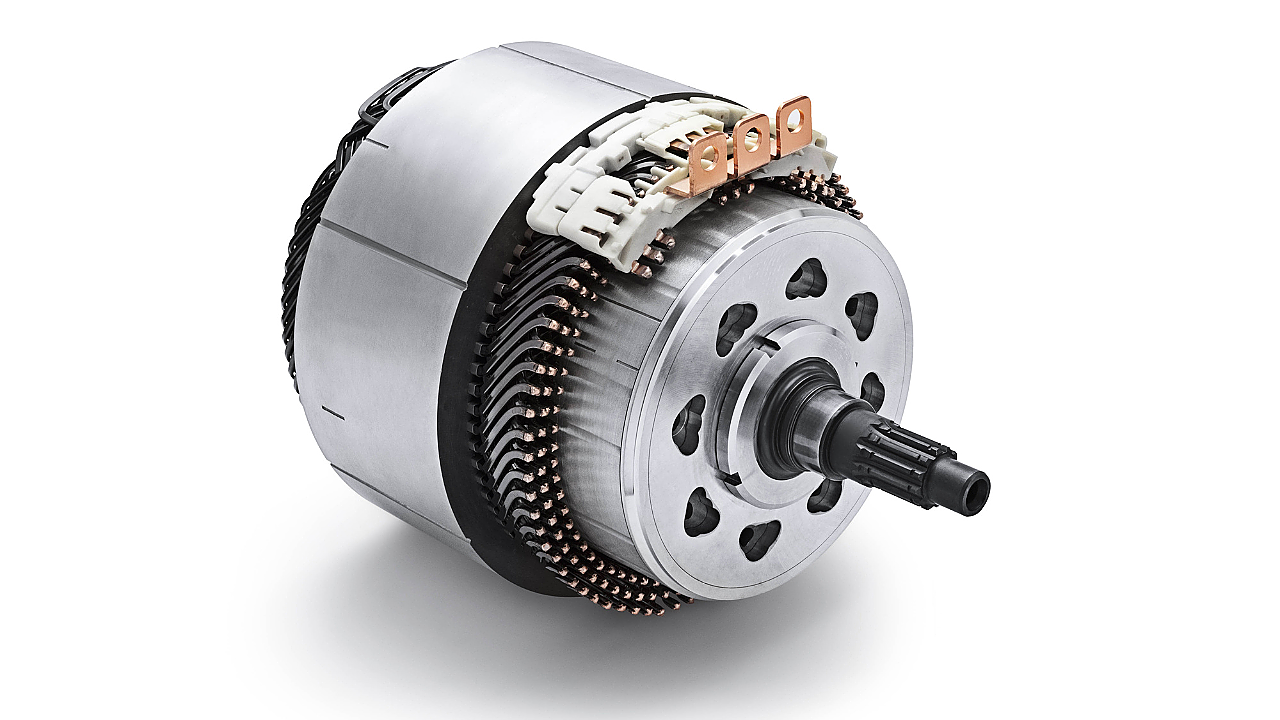
Electric motors in electric vehicles (EV) transfer electrical energy (from its battery) into mechanical to power and accelerate them. What a fuel engine is to an ICE vehicle, an electric motor is to an EV.
To deliver maximum range and power output, EVs require extensive engineering for supreme electrical content and efficiency of the electric motors. Retrofitting a standard motor type may not suit the requirements and the scope to optimise power efficiency becomes limited.
Commercial EVs are meant to carry maximum payload, which is directly proportional to the owner’s profitability. A sub-1-ton vehicle can easily load up to 900 kg of payload, delivering high instant power for driving, cruising, and better gradeability across varied road conditions.
The right motor specification is imperative for performance in the most energy-efficient way, which enables maximum returns for the customers in terms of payload carrying capacity.
A standard motor may not deliver on the wide requirements and demands of commercial applications. That is because they are optimised for specific scenarios. A custom-designed segment-specific motor is essential to enable peak performance:
Regenerative energy and integration – The motor as a dynamo converts kinetic energy to a usable form of energy. More than just being a dynamo with least amount of energy losses in conversion, the integration of the generic motor with the powertrain can often be challenging. For instance, if there is a long descent downhill, post complete charge of a vehicle, a loosely coupled motor to the drivetrain would cause the battery to malfunction or may lead to errors. Correct tuning and integration are needed for a motor system to effectively function.

Weight impact for motor sizing – Mathematically, payload is a difference between gross and kerb weight, hence each ounce of weight saved on the motor impacts efficiency. An out-of-shelf motor might not be optimised for weight and packaging, ultimately impacting key performance deliverables such as watt-hour-per-km. A weight and size-optimised custom-built motor helps achieve the last mile of efficiency, which is hard to hit with a generic motor specification.
A data context to optimise for the right use case scenario – Kilometres to drive cycle formation help build a near-to-real drive cycle to represent what and how the road running of the vehicle is presented. This drive cycle is extremely important, as an out-of-shelf motor will not have a data context, hence optimisation for custom cases is next to impossible. Sensors present in the motor constantly generate and feed data to the system which in turn is piped to formulate the scenarios that need to be optimised. This isn’t possible with an off-the-shelf motor.
Data Is The Ultimate Driver
A generic motor may not deliver the output for every commercial or specific commercial application. Here, data inferences on continuous trip analysis and vehicle running data on several use cases can give a view of which scenarios will drive the most efficient operations.
This helps select the proper output characteristic of an EV motor and enables the optimum balance between acceleration performance and wide speed range in the constant power region.
About the Author: Poorvak Kapoor is AVP, Vehicle Intelligence at Euler Motors. He is a Computer Science graduate from the IMS Engineering College, Ghaziabad.
Also Read


